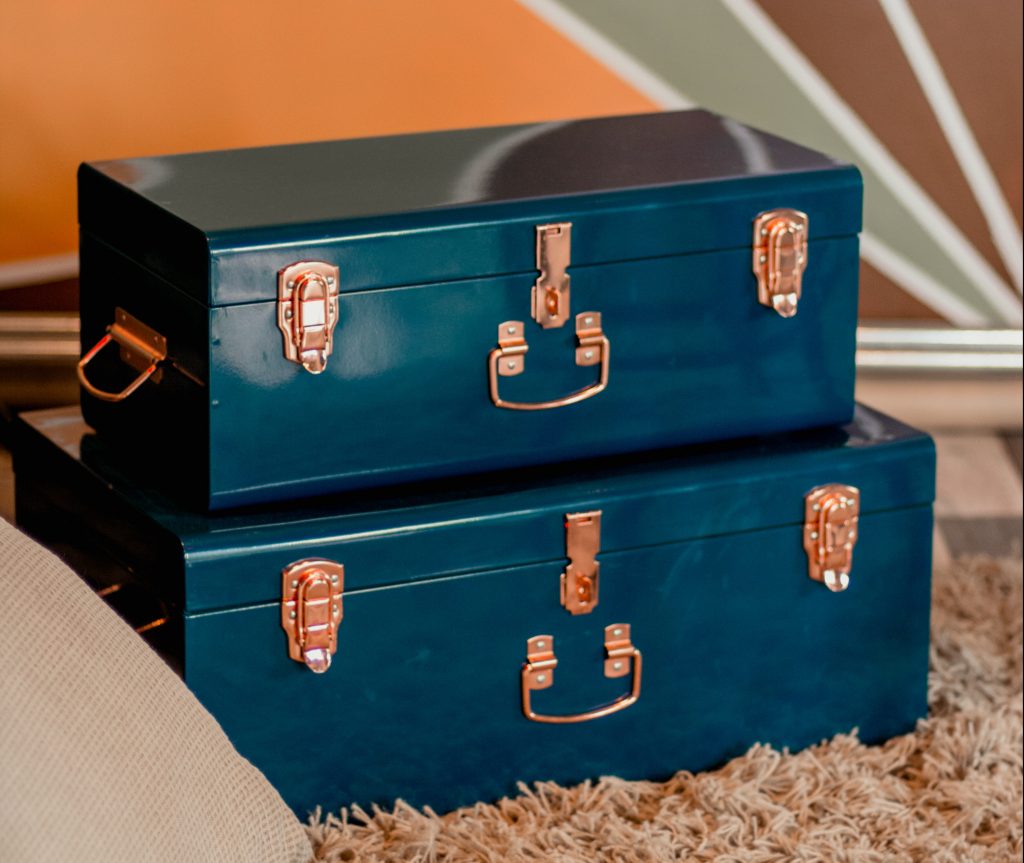Getting married is a large step in life, one that some brides start preparing for years in advance. In many cultures, it is common for women to have a bridal trousseau, a collection of items that will ease them into married life.
Trousseau is derived from the old French diminutive trousse, which means ‘to wrap or bundle in a package’. While the contents may differ from bride to bride, the overarching idea behind the trousseau is to start your wedding and marriage on the right foot. Items that often feature in a bridal trousseau include clothing, jewelry, linens, bedding, pottery, and household appliances. These items are traditionally kept safe in a cedar hope chest or trunk.
The bridal trousseau can be dated back hundreds of years and across various cultures, and was often considered a symbol of status. This practice saw its early roots in the form of dowries, and has been witnessed in ancient civilizations including Babylon, Greece, and the Roman Empire.
It reached its peak in popularity during the Renaissance, specifically in France. Brides with wealthy families would fill a chest with items like linens, dresses, bedding and homeware to prepare her for her future marriage. The fuller and more ornate the trousseau, the higher the bride’s status. Those from a lower economic class often hand-made items to put into the trousseau.
A bridal handkerchief was a must-have item in these days. Historically, the Romans were said to wet the handkerchief with perfume and brides would wear it over their shoulders or neck. Once the French got hold of this, it became a practice reserved for royalty or the upper class.
By the mid-19th century, brides of all classes had adopted this trend and began sporting handkerchiefs customised with the initials of the bride and groom, interlaced as a representation of their union.

